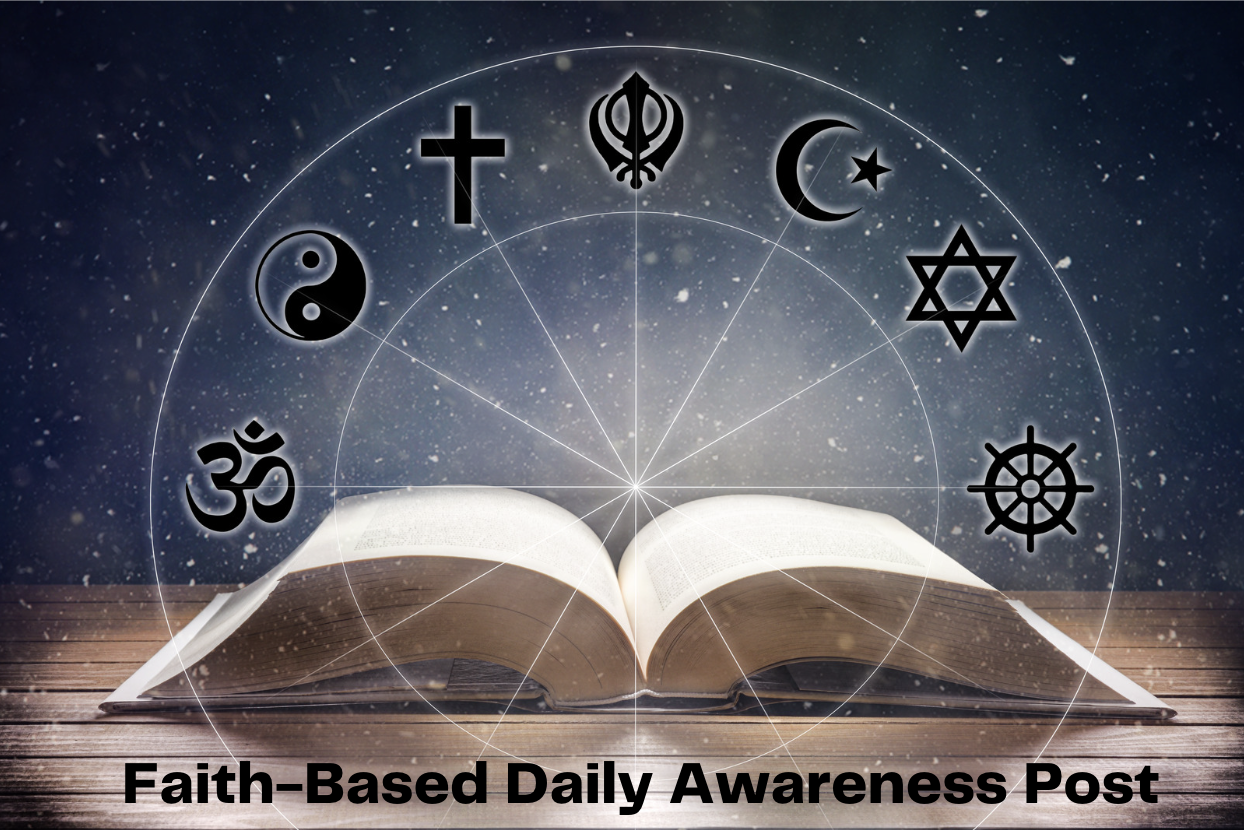FB-ISAO Membership Reimagined
Act by 29 September 2023 in order to maintain and expand your benefits! Watch the Video Review the Informational Slides Sign-up by 29 September When the Faith-Based Information Sharing and Analysis Organization (FB-ISAO) was founded in 2018, the mission was…



